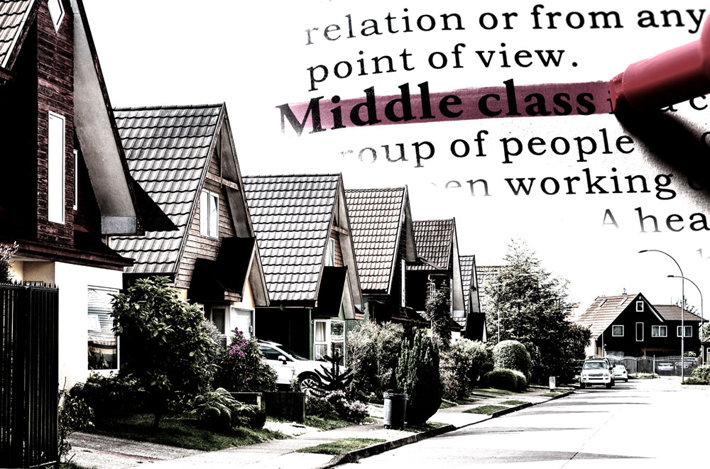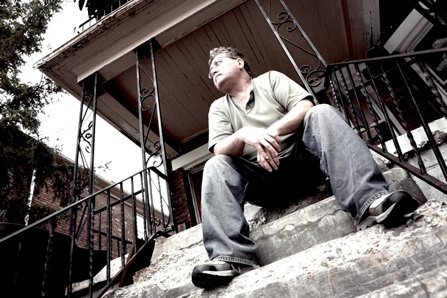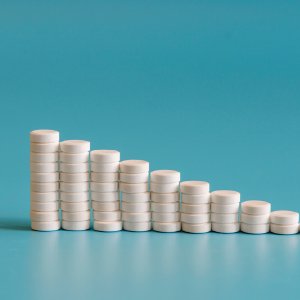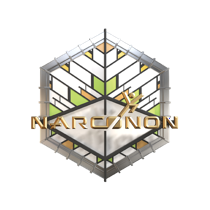Drug Use in Middle-Class America

In just about every unpleasant factor or daily occurrence in life, we have the stereotypical concept of what we think of when we think of that thing, and then there is the factor of what actually occurs. Sometimes they are not the same thing.
Take, for example, the phenomenon of drug use and drug addiction. When we think of this problem, this devastating human affliction, we think of poor, lower-class, impoverished Americans in crummy neighborhoods, using drugs and drinking too much, all to escape the dismal nature of their day-to-day lives. This is the stereotypical concept of drug use and alcohol misuse, that its something that only occurs amongst poor people and ethnic minorities.
Whether that concept was ever true or not remains in question, but we can say with certainty that drug use and alcohol misuse is not just a problem for the lower-class and the impoverished today. No. Drug and alcohol addiction today is just as likely if not more likely to touch down amongst middle-class Americans as it is to touch down amongst lower-class, impoverished Americans. How many times have you read about one of the “rich and famous” entering rehab or dying of a drug overdose? It seems that drug abuse and addiction has diversified.
When No One is Safe from the Threat of Addiction
We have approached a time in our country where addiction has become universal. Many factors have contributed to this. Perhaps most prominent of all was the striking increase in the use of prescription opioid pharmaceutical drugs on a nationwide level. These were the new pain relievers that were touted to be the twenty-first-century “cure” to pain. However, rather than being a cure, they just got millions of Americans addicted and killed thousands in lethal overdoses. Couple this with the overprescribing of children with “learning disabilities.” Children diagnosed with these “disabilities” are often prescribed Ritalin, a cocaine-like stimulant, so when they leave school they will either go doctor hunting for a new prescription or go right to cocaine use and eventual abuse or addiction. (Utah.edu)

Other factors have contributed to even more drug use amongst wider bands of American demographics and income levels.
- Marijuana became increasingly legal and, for all the controversy on marijuana, the drug is a gateway drug. People who would not ordinarily use marijuana were now using the drug because it was supposedly “safe” now that it was legal.
- Other pharmaceuticals came into the fold with an expanding predominance. Young people started getting addicted to psychiatric drugs like ADHD meds and anti-depressants. They started using amphetamine stimulant drugs as “study aids” so they could do better in school, but they just ended up getting addicted instead.
- Middle-class Americans took opioid pain relievers to address every-day pain and became addicted to their meds as a result. Moreover, when pharmaceutical companies tried to restrict access to painkillers, drug cartels in other countries sent heroin to the U.S. to meet the underground need for opioids.
- America became a country that only comprised five percent of the world population, yet which consumed at least seventy-five percent of the planet’s annual supply of pharmaceuticals, every year. In just a few years, we became extremely overmedicated on drugs that had dangerous side effects.
- Americans got more and more impatient and started to look for the “quick fix” Rather than explore and address the cause for any pain or discomfort (physical or mental) they opted for the pill that had the pain come back once the effects of the pill wore off, leading them to take another pill and eventual dependence on the pharmaceutical.
- As self-love, positive-imagery, self-exploration, and the efforts of the Social Justice Warriors began to impinge, a new, resurgent interest in hallucinogens began to resurface, and before we knew it, all of the drugs that were popular in the 1960s and 1970s began to grow in popularity once again.
All of the above phenomena has not just been occurring amongst the nation’s lowest-classed residents. These were not impoverished, economically depressed Americans who were experiencing the above occurrences. No, since the turn of the century, it has been the American middle-class that has experienced the brunt of the drug addiction epidemic.
Where Did We Go Wrong?
We went wrong when we agreed to blindly follow the medical and pharmaceutical industries by taking whatever drugs they gave us without learning for ourselves the risks attendant with those drugs. We went wrong when we started to believe that, maybe not all drugs were bad. We went wrong when we did not realize that education on the risks attendant with drugs and alcohol should be mandatory for all young people and adults alike. We went wrong when we relinquished our right to informed consent and gave consent, without being fully informed about any risks or possible side effects or even collateral damage possible with these doctor prescribed medications.
However, rather than focusing all of our attention on where we went wrong, how could we go about going right?
Pulling the Middle Class (and All of America) Out of the Drug Trap
A big part of the strategy on reversing the growth of the addiction epidemic across all classes in America is going to be on prevention. The Substance Abuse and Mental Health Services Administration points out the importance of drug and alcohol prevention on a community level:
“Many prevention approaches, such as selective prevention strategies, focus on helping individuals develop the knowledge, attitudes, and skills they need to make good choices or change harmful behaviors. Many of these strategies can be classroom-based.”
“Many prevention approaches, such as selective prevention strategies, focus on helping individuals develop the knowledge, attitudes, and skills they need to make good choices or change harmful behaviors. Many of these strategies can be classroom-based.”

The article goes on to say that:
“Universal prevention approaches include the use of environmental prevention strategies, which are tailored to local community characteristics and address the root causes of risky behaviors by creating environments that make it easier to act in healthy ways. The successful execution of these strategies often involves lawmakers, local officials, and community leaders, as well as the acceptance and active involvement of members from various sectors of the community (such as business, faith, schools, and health). For example, the use of this type of strategy may offer fewer places for young people to purchase alcohol, so consuming alcohol becomes less convenient; therefore, less is consumed.”
(SAMHSA)
Prevention is a huge factor in reducing the threat of drug use and in safeguarding a family, school, church, community, or even an entire city from drug and alcohol problems. Moreover, prevention strategies can be compiled and implemented on the national level too, with major efforts taken to reduce the threat of drug use before it even manifests.
We need to take the responsibility to know everything we can about whatever the doctor prescribes. Do an informed risk-reward analysis [are the benefits the drug is purporting worth the possible other effects of the drug?] so that we can make an informed decision regarding if it something we want to subject our body to or not.
However, prevention is only one side to the double-sided effort we must use in tackling addiction in America.
The Power of Addiction Treatment
According to the National Institute on Drug Abuse, for every one dollar that we spend on addiction treatment, we will yield a return of four to seven dollars in reduced drug-related crime, criminal justice expenses, theft, and collateral damage. For the direct quote from the NIDA research article:
“According to several conservative estimates, every dollar invested in addiction treatment programs yields a return of between $4 and $7 in reduced drug-related crime, criminal justice costs, and theft. When savings related to health care are included, total savings can exceed costs by a ratio of 12 to 1. Major savings to the individual and to society also stem from fewer interpersonal conflicts; greater workplace productivity; and fewer drug-related accidents, including overdoses and deaths.”
(NIDA)
The sheer benefit of providing treatment to drug addicts and alcoholics of allincome, ethnic, and economic ranges is monumental. Not only is treatment and rehabilitation a legitimate solution for addiction, but it is also the most affordable of solutions. Consider this next excerpt from the NIDA research article:
“Substance abuse costs our Nation over $600 billion annually and treatment can help reduce these costs…”
“Substance abuse costs our Nation over $600 billion annually and treatment can help reduce these costs. Drug addiction treatment has been shown to reduce associated health and social costs by far more than the cost of the treatment itself. Treatment is also much less expensive than its alternatives, such as incarcerating addicted persons.”
(NIDA)
Amazing material. We can extrapolate from this not only the sheer value in addiction treatment but the deeper meaning that that comes with it. Helping people to overcome their difficulties and issues in life will always be a more rewarding route than punishment. With combined efforts in prevention and rehabilitation, we can overcome addiction in America.
Sources:
- http://www.truthfulpolitics.com/http:/truthfulpolitics.com/comments/the-u-s-consumes-75-percent-of-the-worlds-prescription-drugs/
- https://www.samhsa.gov/prevention
- https://www.drugabuse.gov/publications/principles-drug-addiction-treatment-research-based-guide-third-edition/frequently-asked-questions/drug-addiction-treatment-worth-its-cost
Clinical Review by Claire Pinelli, LADC, CCS, ICAADC, MCAP


